Schools, museums and communities nationwide will mark the start of Black History Month on Feb. 1.
The month is dedicated to celebrating Black history, culture, and education.
Recommended Videos
Many prominent historical figures are from the Metro Detroit area.
Here’s a list of prominent Black historical figures in America from the Metro Detroit area:
Rosa Parks
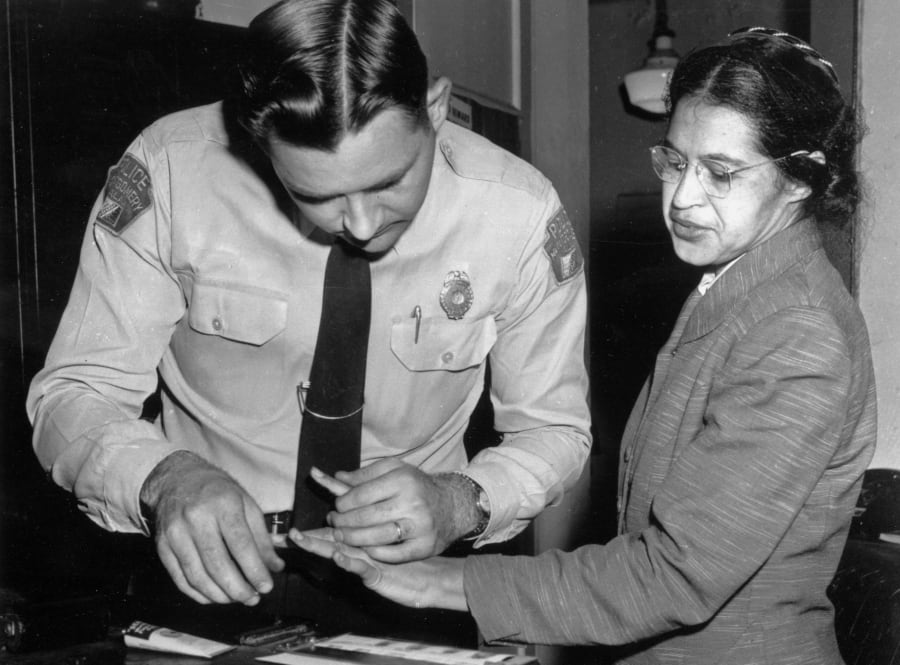
Parks, from Detroit, made history not just because of what she did, but because of what she refused to do.
On December 1, 1955, Parks boarded a bus in Montgomery, Alabama, after a long day’s work as a seamstress. When the bus driver called out, “N*****, move back,” Rosa Parks refused. Her eloquent “No” sparked a 301-day boycott of the Montgomery bus system by Black citizens and her moment of personal courage helped inspire twenty years of civil rights reform, not only in Alabama but across the nation.
She has received numerous awards and tributes, including the Martin Luther King, Jr. Non-Violent Peace Prize and the Distinguished Service Award of Delta Sigma Theta, a national sorority of Black professional women.
She has also had a major street named in her honor in Detroit and a scholarship fund which is intended to help Michigan students who display potential for the kind of courage and leadership Parks evidenced in Montgomery in 1955.
Coleman A. Young
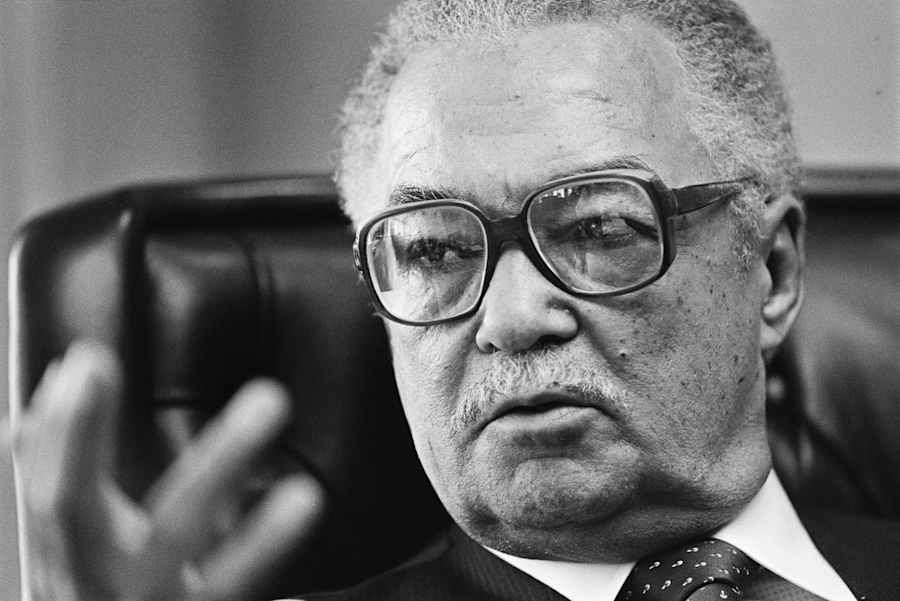
Young was the first Black mayor of Detroit from 1974 to 1994. He was hailed as a great leader in the Black community, but his critics saw him as a crude and “often profane power broker who used racial divisiveness to solidify his power base.”
He was known to be a successful mayor who created coalitions among corporate leaders in Detroit and secured federal funding for major projects in the city. During his time as mayor, the Motor City opened the Renaissance Center, created the Detroit People Mover and began constructing the Joe Louis Arena.
He died in 1997 due to complications from Emphysema and was buried at Elmwood Cemetery in Detroit.
Charles H. Wright

You probably already heard his name in the city. Wright, an activist, was a prominent African American physician and author who founded the Charles H. Wright Museum of African American History in Detroit in 1965.
He traveled to West Africa to perform medical surveys and work at a floating hospital in Columbia. He also wrote several books on African Americans in the health care system in Detroit.
Ruth Ellis

An African-American entrepreneur and open lesbian at a time when few people were comfortable revealing their sexual orientation, Ellis lived her long life on her own terms.
After moving to the Motor City in 1938, she tried her hand at factory work but found she was better suited to typesetting. Using money from an inheritance, she set up a print shop in her home and began to produce donation envelopes, raffle tickets, letterhead, posters, and other items for nearby churches, businesses, and residents: this at a time when African-American women-owned fewer than one percent of the businesses in Detroit.
Starting in the 1940s, Ellis’ home also served as a haven for gay African Americans who had few social venues at which to meet. People gathered from around the region to sing, dance, and play cards there. They also drew support from Ellis and counsel during tough times. Ellis was known for giving everything she had to those in need, particularly young people for whom she bought books and food and even assisted with college tuition. Inspired by her example, friends developed Detroit’s Ruth Ellis Center in 1999, which provides social services for runaway, homeless, and at-risk LGBT youth.
Aretha Franklin
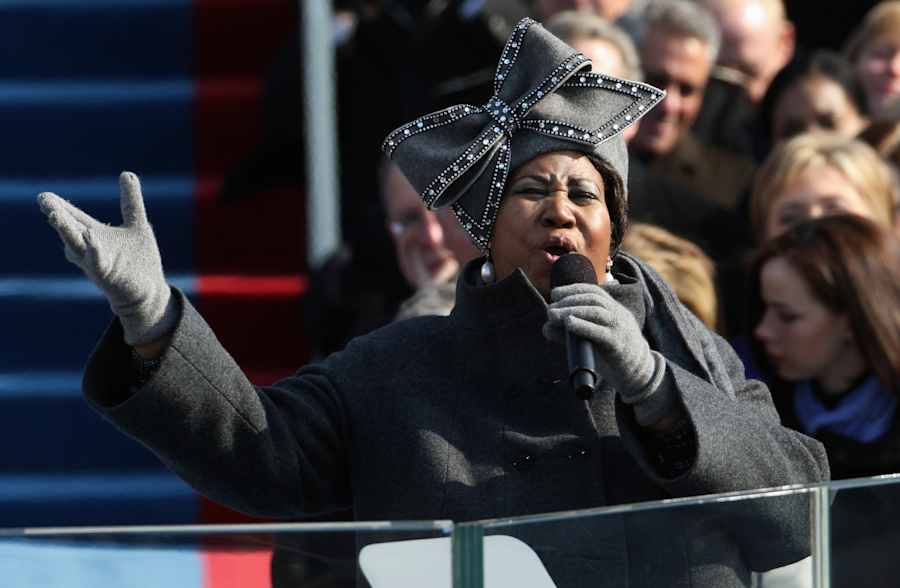
The Queen of Soul, born in Tennessee, moved to Detroit with her family in 1942—where her father became a minister at New Bethel Baptist Church.
Franklin sang her first solo in her father’s church at 9 or 10 years old and made her first recording at just 16 years old.
Fast forward to her successful singing career, she had many honors, such as singing at the inaugurations of three U.S. presidents, being the first woman to be inducted into the Rock and Roll Hall of Fame, and her song “Respect” was described as “an anthem for the Civil Rights movement.”
In February 1968, Martin Luther King Jr. presented her with an honorary award from the Southern Christian Leadership Conference. She sang at his funeral two months later.
She was awarded the Presidential Medal of Freedom in 2005, and she became MusiCares’ “Person of the Year.” She also won her 21st Grammy at the 2008 50th Annual Grammy Awards.
Malcolm X
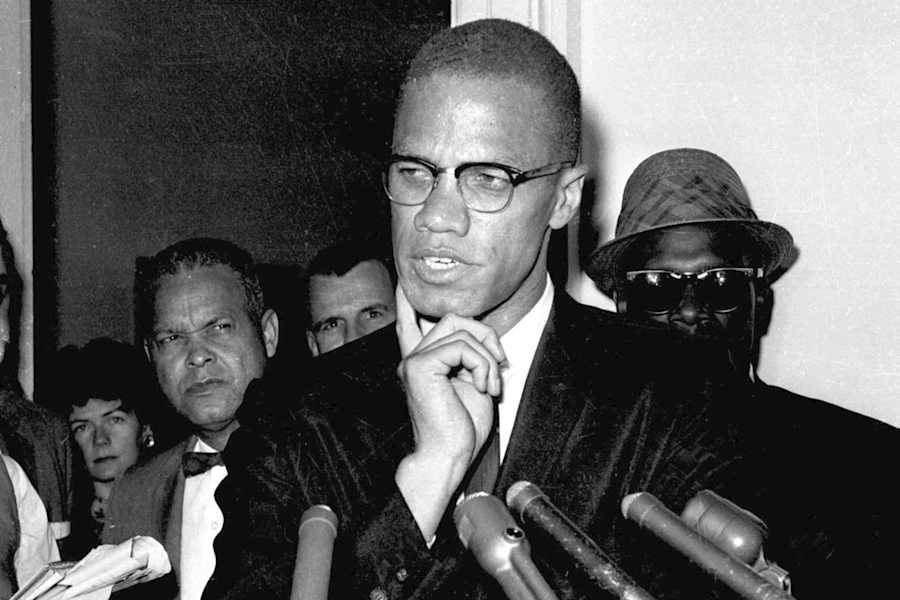
Malcolm X, a minister, leader in the civil rights movement, and a supporter of Black Nationalism, lived in Lansing and then later in Inkster.
He was able to achieve national prominence in the Nation of Island, a belief system that merged Islam with Black nationalism.
After he was assassinated in 1965, his bestselling book “The Autobiography of Malcolm X” popularized his ideas and inspired the Black Power movement.
Joe Louis
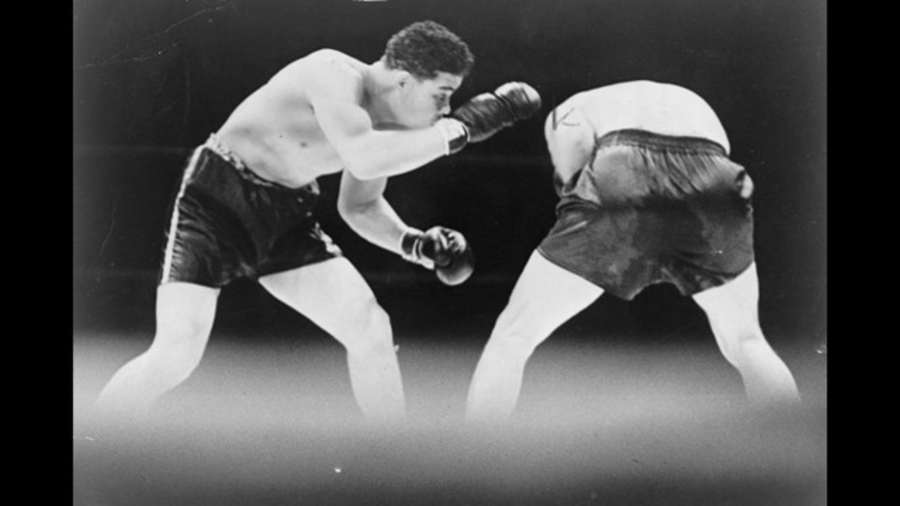
Perhaps one of the most well-known names in the Motor City.
Louis, who lived in Detroit since he was 12 years old, is known to be one of the greatest boxers of all time, a breaker of racial barriers and a national hero.
During his 17-year career, he achieved a 66-3 record with 52 knockouts.
Some of his most famous fights carried political overtones before World War II. Louis defeated Italian champion Primo Carnera while Benito Mussolini was in power but suffered his first loss to German “Superman” Max Schmeling in 1936 while Adolf Hitler was in power in Germany. However, Louis defeated Jim Braddock to become the World Heavyweight Champion, leading to a rematch with Schmeling. Louis knocked out Schmeling in just two minutes and four seconds. America saw Louis as a hero.
He enlisted in the Army following the attack on Pearl Harbor, where he performed boxing demonstrations for service members. This helped drive the enlistment of African American soldiers and boosted morale of the American population.
He retired from boxing in March 1949 but went back into the ring after some troubles with the IRS. However, he retired for good after losing to the undefeated Rocky Marciano.
After Louis died in 1981, Detroit honored his legacy in numerous ways, including the former Joe Louis Arena, the Joe Louis Greenway and a bronze sculpture of his fist at Campus Martius Park.
Ralph Bunche
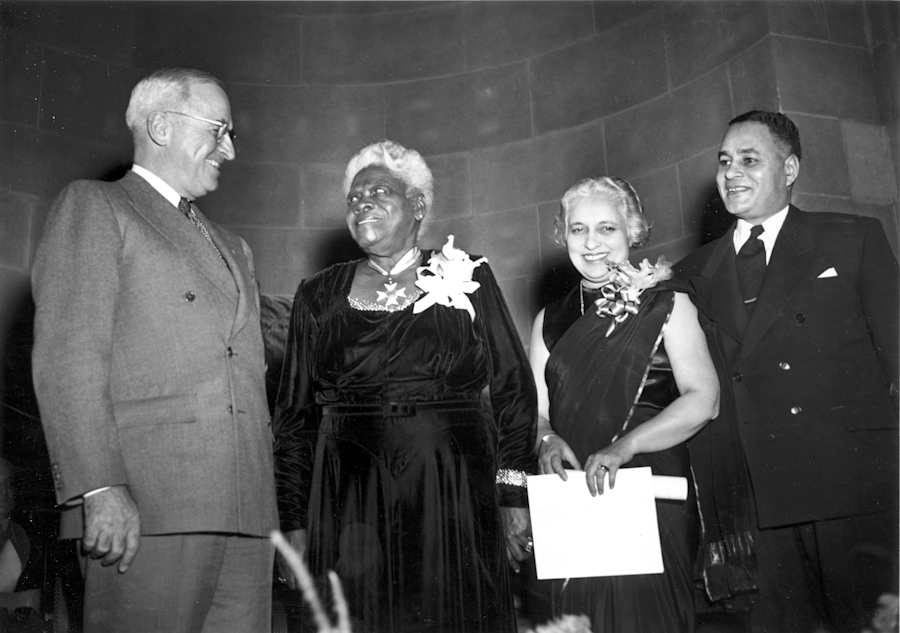
Born in Detroit, Bunche was a civil rights activist throughout his life.
While he attended Howard University, some considered him a radical intellectual who criticized America’s social systems, but he was thought of as moderate.
Bunche went into politics and became a member of the Black Cabinet, which consulted on minority problems by Roosevelt’s administration. He reportedly declined President Truman’s offer as assistant secretary of state because of the segregating conditions in Washington.
He helped lead the civil rights march organized by Martin Luther King Jr. in Alabama in 1965.
Throughout his life, his message toward segregation has been clear: Racial prejudice is an unreasoned phenomenon without scientific basis in biology or anthropology; segregation and democracy are incompatible; Black people should maintain the struggle for equal rights while accepting the responsibilities that come with freedom; white people must demonstrate that democracy is color-blind.
Bunche was the first African American to earn the Nobel Peace Prize in 1950 for negotiating a ceasefire and securing peace between the new state of Israel and regional Arab nations.
He was awarded the Medal of Freedom in 1963 for his United Nations work on Middle East peace.
The oldest library in the U.S. federal government was renamed in recognition of his contributions.




